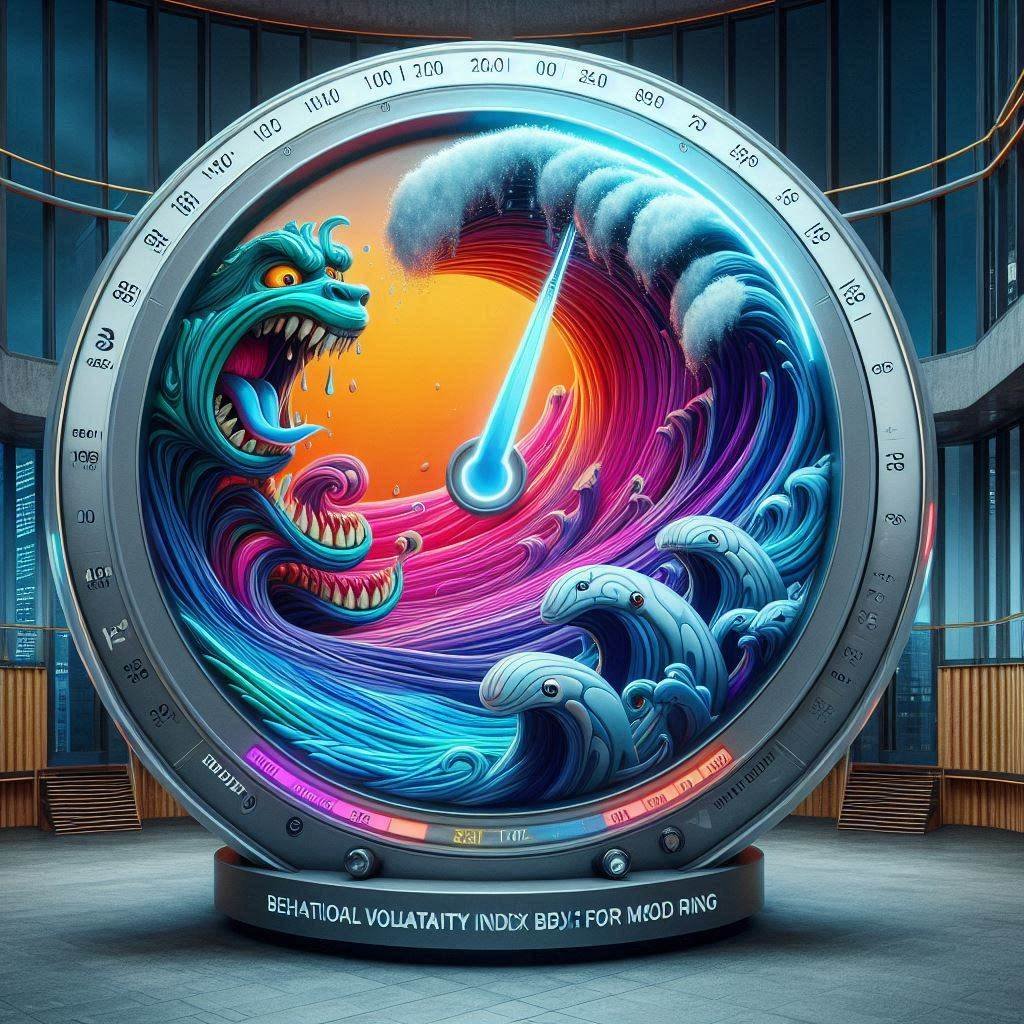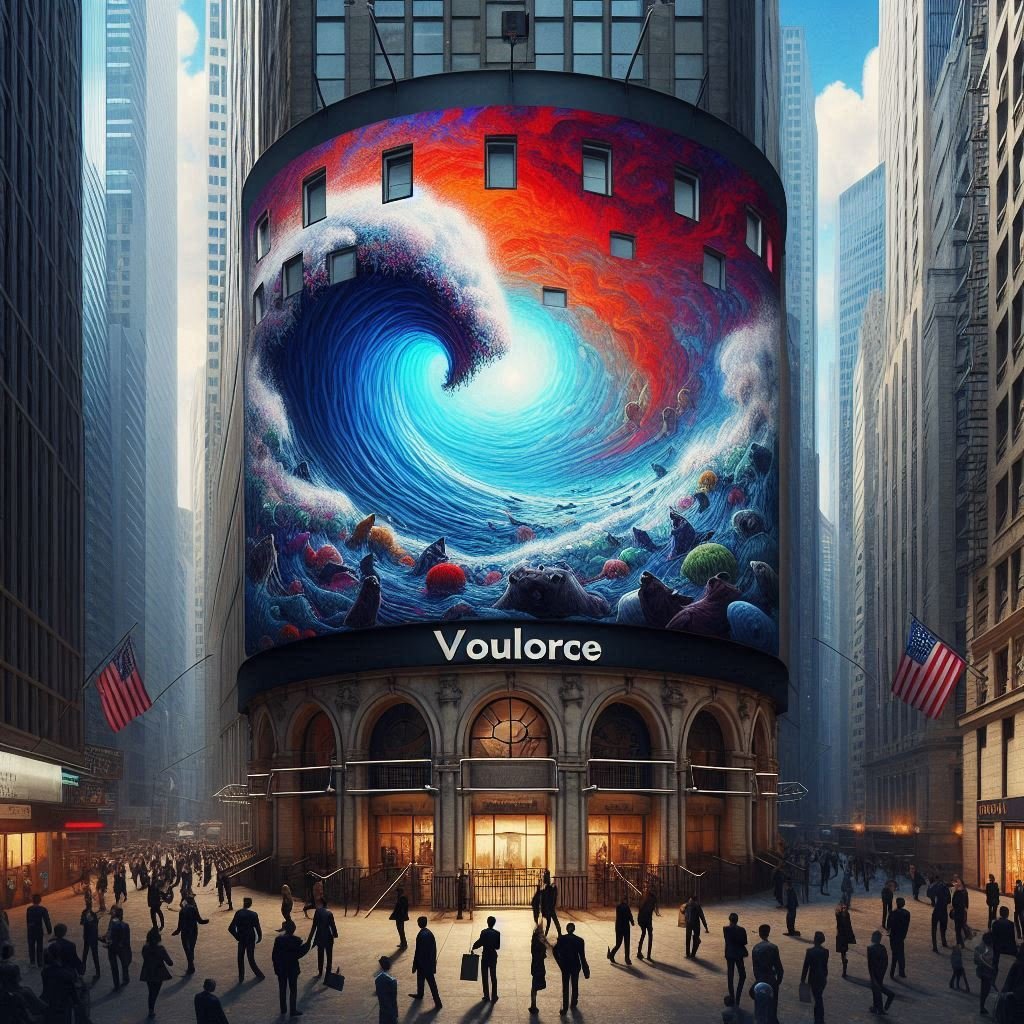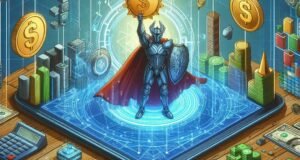Picture the stock market as a vast carnival at dusk. Price movement is the raucous roller-coaster you can see from miles away—screaming riders, flashing lights, sudden drops. Traditional volatility gauges, like the VIX, stare at that coaster’s twists and turns and shout, “That’s the whole show!” Prop trading desks know better: there’s far more action beneath the neon. Crowds surge toward one ride, shun another, split into cliques around food stalls, and drift when fireworks start. The Behavioral Volatility Index (BVI) bottles this unseen swarm behavior, giving proprietary traders a pulse not just on the rails but on the riders themselves.

A Seismograph for Sentiment
Imagine standing in a forest with a hyper-sensitive seismograph buried underfoot. You don’t merely wait for an earthquake (price spike) to feel a jolt; you catch micro-tremors from squirrels scrambling up trees or roots shifting in soil. BVI is that seismograph for prop trading—it listens to chat-room chatter, order-book fidgets, option-chain whispers, funding-rate shrugs, and sentiment flickers on social feeds. These micro-tremors often precede the price quake. When retail herds sprint in one direction or market-makers quietly widen spreads, the index quivers. A rising BVI tells traders the forest is stirring before any branch snaps.

The Weather Radar vs. the Thermometer
Traditional volatility indices act like a thermometer on the trading floor: “It’s hot—prices moved fast.” BVI is Doppler radar watching cloud formation, wind shear, and humidity of trader mood. A calm price day may still hide cumulonimbus anger forming in the psyche of participants. For a prop trading desk, BVI at an elevated reading with flat prices is a thunder-storm warning: time to ready straddles, gamma scalps, or liquidity snipes before lightning strikes.
The Orchestra Metaphor
Visualize an orchestra where each musician is a trader. Prices alone measure the decibels reaching the balcony; BVI studies the musicians’ postures, tempo cues, and sheet-music page turns. The clarinets leaning forward, percussionists tightening drumheads—these gestures hint at a crescendo before sound erupts. Prop trading algorithms wired to BVI can “hear” the tension build and reposition seconds before the symphonic blast, harvesting inefficiencies that slower ears miss.
Construction of the Index
Technically, BVI fuses multiple real-time datasets:
- Order Flow Imbalance – Are buy and sell tickets diverging abnormally?
- Quote Elasticity – How quickly do market-makers pad or shave spreads?
- Social Heat – NLP engines parse hashtags, Discord servers, and news sentiment.
- Leverage Stretch – Funding rates on leveraged products tell who’s leaning too far.
- Position Clustering – Options open-interest “gravity wells” reveal where pain points lie.
These inputs are normalized, weighted, then fed into a dynamic clustering algorithm (often a self-organizing map) that outputs a single scalar: the BVI. A baseline of 1.0 indicates garden-variety market hum; 2.0 warns of crowd frenzy; 0.5 suggests apathetic drift. Crucially, price change is not a direct component—BVI is orthogonal to movement, capturing why traders might stampede, not how far they’ve run.
Strategic Edge for Prop Trading
For prop trading desks, BVI is a backstage pass. When it spikes:
- Liquidity Provision – Widen quotes before retail FOMO floods the book.
- Mean-Reversion Plays – Elevated BVI with minor price dislocation signals overreaction ripe for fade trades.
- Tail-Risk Hedges – Cheap vol? High BVI? Snap up convexity before others smell smoke.
- Event Detection – A silent news embargo can’t hide from rising behavioral tremors; traders dig for catalysts early.
Conversely, a sagging BVI amid wild prices flags mechanical flows—index rebalances or option-expiry pinning—letting prop desks fade noise without fearing hidden sentiment bombs.
The Mood Ring Finale
Think of BVI as the market’s mood ring—colors swirling with collective hopes, fears, and greed. A savvy prop trading team slips this ring on before each session. Green glow? Opportunistic calm. Fiery orange? Brace for stampede. Indigo lull? Time for carry trades. By visualizing emotion itself, Behavioral Volatility Index elevates risk management from rear-view mirror to forward-looking infrared, turning the unseen carnival currents into tradable clarity.




